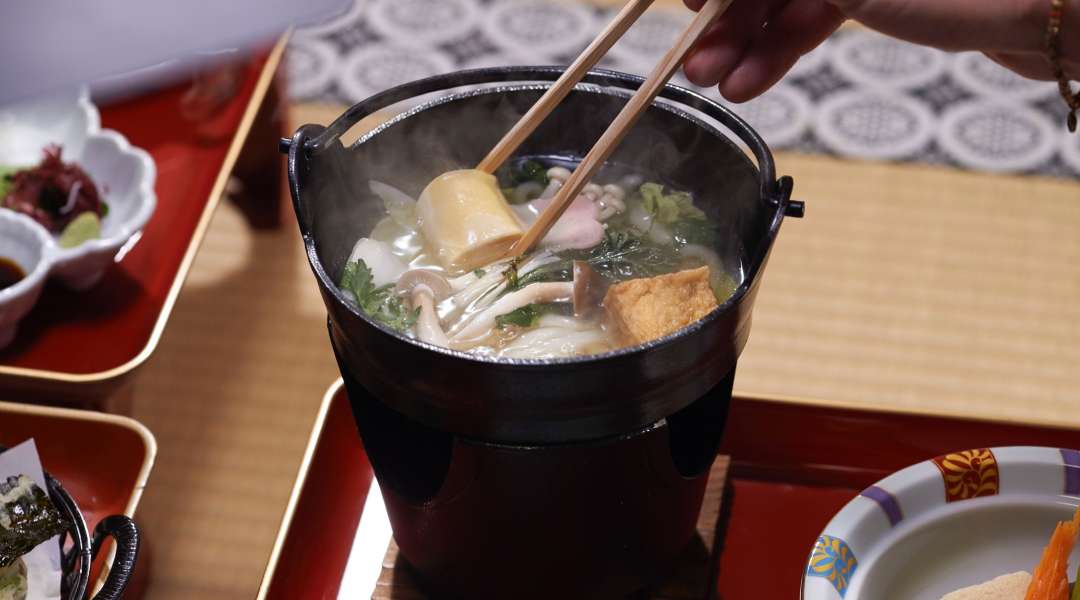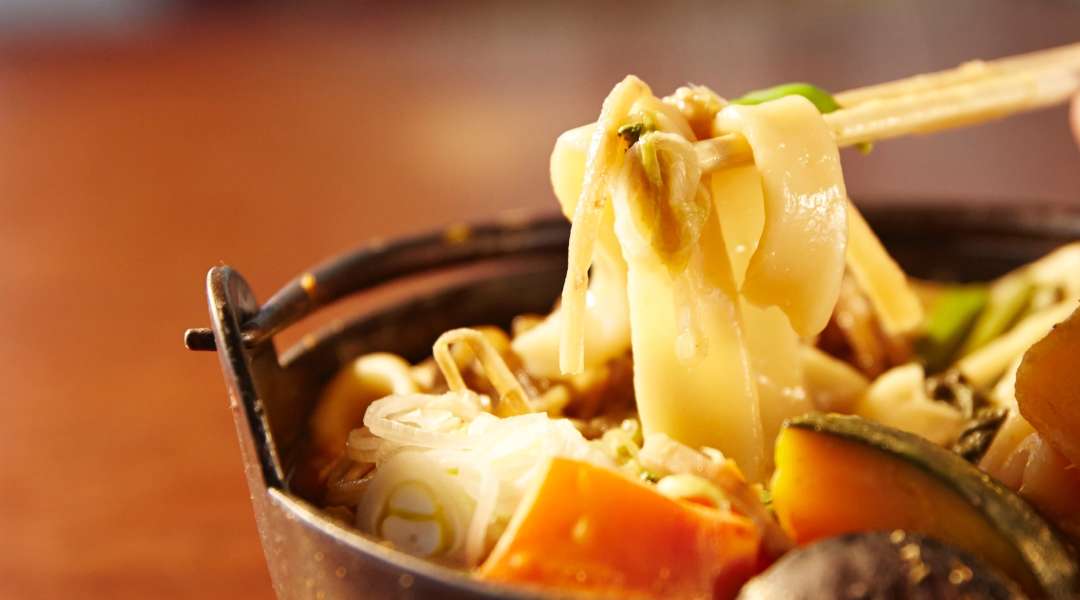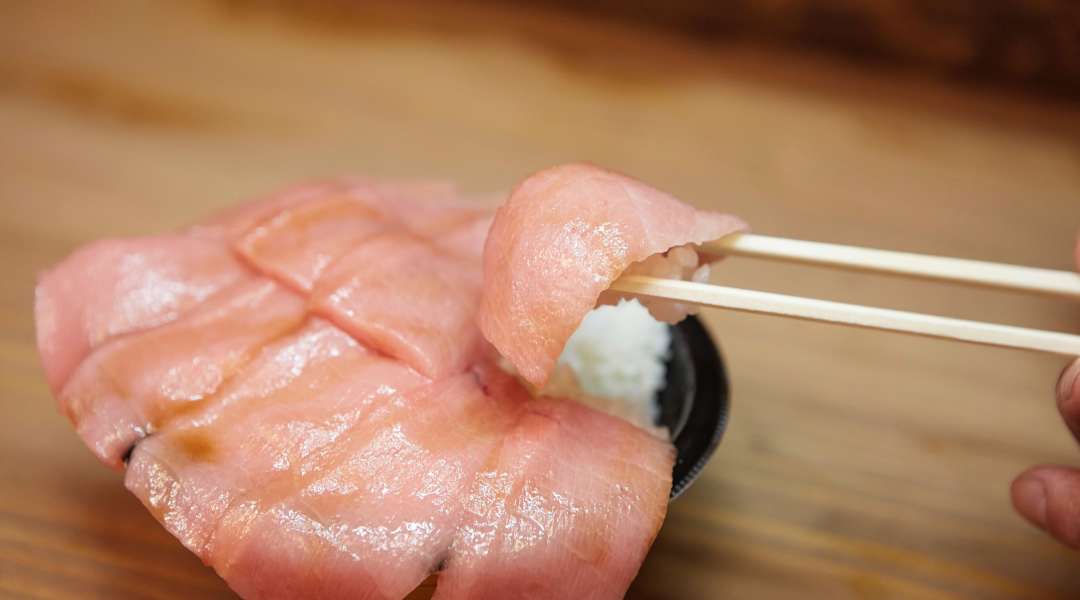
You may love using them, you may hate using them - either way they are our faithful companions when navigating the rich and diverse world of Asian cuisine.
In fact, did you know that you can broadly tell which cuisine you’re eating from the chopsticks you’re given? If the chopsticks are thicker cylinders that don’t taper, you can generally assume you’re eating a Chinese dish, while metal chopsticks are a definite giveaway that you’re dining out Korean. For Japanese cuisine, you tend to find lighter chopsticks which taper, often, to a rounded point on one end, and which are then shaved to a flat edge on the other.
And the attention to detail isn’t for nothing! As well as being a tool for eating, chopsticks, or ‘o-hashi’, are made to look beautiful and carry great symbolism, regularly being gifted as wedding presents in Japan. The thinking goes that, just as one chopstick needs another chopstick to function harmoniously, so does one person need another person to complete the set. As such, they represent the ‘stronger together’ ethos and the celebration of two souls supporting each other in matrimony, in particular when it comes to bringing prosperity (aka food!) into the home.
But as Paul Hollywood recently showed in his encounter with tempura, it’s not always a barrel of laughs and chopsticks can be tricky to get to grips with for people who haven’t been using them since day one! So, we’ve put together a quick how-to on the best technique for using chopsticks, some dos and don’ts around etiquette, and finally how to find the perfect pair of chopsticks for you!
Take it from the top
Let’s get back to basics!
First, grab both chopsticks with one hand on the thicker end.
Next, line up the chopsticks with the other hand so that they are parallel.
Then, shift the first hand to the correct position by moving your fingers under the chopsticks with your thumb on top, holding them both like you might hold a pen or pencil. The top chopstick should line up snugly with your index finger, held in place with the tip of your thumb, and the bottom chopstick should sit snugly in the groove between your forefinger and your thumb, and supported by the middle finger curling round underneath.
The idea is to open and close the chopsticks in a pincer motion by moving the top chopstick with your index finger so that it meets the bottom chopstick that’s held in place by your thumb and middle finger, picking up the food.
Some people find it easier to imagine the chopsticks almost as a clothes peg, and if you’re struggling to get the hang of it, another (slightly cheaty) trick to get you started is to sellotape each end of the chopsticks to either side of an actual peg, so that the chopsticks aren’t rolling out of place and you can get a feel for the motion.
Check out somebody whistle stop guides on YouTube, if you still have any doubts.
The old saying goes that the further up the chopsticks you can hold them, the wiser you are but don’t let this intimidate you - with a little bit of practice and a whole lot of lockdown, you’ll be an enlightened scholar in no time!

Manners maketh man
Given how symbolic chopsticks are outside of food culture alone, it’s no surprise that there are some rules when it comes to using them. Generally speaking, locals will be very forgiving of anyone who makes mistakes as long as you’re polite and show you’re making an effort but here are a couple of don’ts to keep in mind:
1. Don't leave your chopsticks stuck vertically in your food. This is greatly associated with death and is also seen as disrespectful.
2. Don't eat directly from a central serving dish. You should always place food first on your personal plate and then eat from there.
3. Don't pick up food by sticking your chopsticks into it. Rise to the challenge and grab food with that pincer action instead.
4. Don't play with your chopsticks, tap them on your plate like drumsticks, make noise with them or wave them in the air. You should also avoid pointing at people with your chopsticks as this can be seen as vulgar and aggressive.
5. Avoid using your personal chopsticks to get food from the serving dish. Use serving chopsticks instead, or swap round the ends of your chopsticks so that you’re transferring food with the clean ends that are usually up in the air.
6. Don't use your chopsticks to push around dishes on the table, and try not to rummage around in bowls too much. Trust that the food has been presented to you how it’s meant to be eaten.
7. Don't place your chopsticks directly on the table. Put them across your dish or on a rest. If you’re using disposable chopsticks, or wari-bashi, you can snap off the part where the chopsticks connect, creating a little resting block and freeing up your chopsticks at the same time.
9. Don't hold your chopsticks in your mouth with no hands, such as when passing a dish, and avoid licking or sucking on the tips of the chopsticks.
On the plus side, however:
10. Do feel free to raise the bowl to your mouth and shovel in items with the chopsticks closed together if you’re having a tough time and, if you’re really floundering, never be too afraid to ask for cutlery after having given it a go.

Finding the right pair for you
Not too heavy, not too light; with so many chopsticks out there it can be a little overwhelming (and believe us when we say you won’t be able to resist bringing back a pair from Japan for each and every casual acquaintance).
For example, did you know there is also an ideal length?
Osaka Kyoiku University’s Laboratory of Food Science suggests that in order to find the perfect set of chopsticks, you should look for a pair 3cm longer than the length of your hand (from base of thumb to top of middle finger), so make sure you’re jotting down your friends’ measurements before you buy!
And if you want to make sure the chopsticks are just to your liking - make your own! Many places all around Japan offer paint-your-own experiences but areas specialising in lacquerware like Ishikawa or the Aizu region will no doubt have some of the best options, with a bit of added regional flair.
The Tohoku area has also been upping its game, pushing for sustainably produced chopsticks made from recycled scallop shells. The coastal regions are famous for their uniquely Japanese contribution to scallop and oyster cuisine - annual festivals pull in thousands of visitors - and what better way to make the most of one the region’s most precious resources than to use both the meat and the shell.
Otherwise, temples and shrines will often sell chopsticks adorned with the animals of the Chinese zodiac, and a browse through any reputable Tokyu Hands or Don Quixote is sure to turn up some interesting and quirky designs.
Lightsabers and samurai swords are just some options, alongside some fantastic bullet train themed pairs, too.
To stay up to date with all the latest happenings in Japan follow us on Facebook or Twitter.

















































